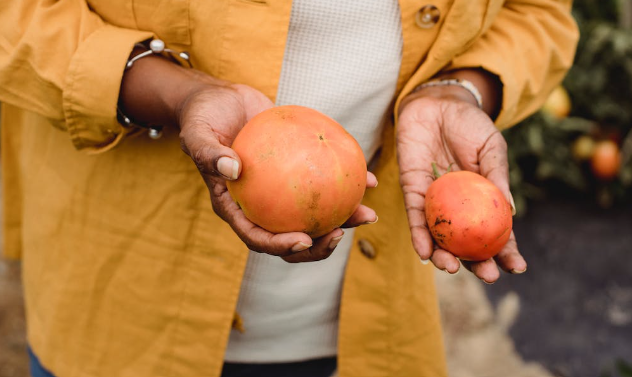Beginner’s Guide to Gardening: Growing Your Own Food
The sun on your skin, the earthy aroma in your nostrils, the thrill of harvesting fresh food you nurtured – home gardening offers a bounty beyond just delicious produce. It’s a journey of self-discovery, a connection to nature, and a delicious reward for your efforts. But if you’re a fledgling gardener, the prospect can feel daunting. Fear not, green thumb hopefuls! This guide is your shovel to unearth the joy of growing your own food.
Step 1: Choose Your Plot:
Location matters: Does your space soak in the sunshine or bathe in the shade? Observe your potential patch throughout the day to understand its light and sun availability. Most veggies crave at least 6-8 hours of direct sunlight.
Size it up: Don’t bite off more than you can chew (literally!). Start small with raised beds or containers if space is limited. You can always expand later as your confidence grows.
Soil Secrets: Healthy soil is the foundation of a thriving garden. Opt for organic, well-draining soil or create your own compost mix.
Step 2: Pick Your Players:
Climate compatibility: Choose veggies that thrive in your region’s climate. Consult local gardening guides or nurseries for recommendations.
Easy does it: Start with beginner-friendly veggies like lettuce, spinach, radishes, beans, or herbs. They’re quick to grow and forgiving of newbie mistakes.
Container considerations: If space is tight, opt for container-friendly veggies like cherry tomatoes, peppers, or leafy greens.

Step 3: Seeding or Sprouting:
Direct sowing: Plant seeds directly in the soil once the danger of frost has passed. Follow seed packet instructions for depth and spacing.
Nursery nurslings: Start some veggies like tomatoes, peppers, or eggplants indoors in pots for a few weeks before transplanting them outdoors.
Watering wisdom: Keep your soil evenly moist, but not soggy. Overwatering can drown your seedlings, while underwatering stunts their growth.
Tip: Use a good quality gardening tools set, as it significantly enhances your efficiency in various tasks such as planting, pruning, and weeding. High-quality tools contribute to a more enjoyable gardening experience, making the whole process more effective and enjoyable.
Step 4: Tend with Tenderness:
Weed warrior: Regularly remove weeds that compete with your veggies for nutrients and sunlight. Mulch around plants to suppress weed growth and retain moisture.
Feast or famine: Feed your plants with organic fertilizer according to their needs. Overfeeding can burn them, while underfeeding slows their growth.
Pest patrol: Keep an eye out for pesky insects and diseases. Choose organic pest control methods whenever possible.
Step 5: Reap the Rewards:
Harvesting happiness: The moment you harvest your first homegrown food is pure magic! Learn when each veggie is ready to be picked for peak flavor and freshness.
Kitchen creations: Get creative in the kitchen! Experiment with your harvest, incorporating your bounty into salads, stir-fries, soups, or even homemade salsas.
Share the bounty: Gift your friends and family a taste of your garden’s goodness. Spreading the joy of homegrown food fosters community and strengthens connections.
Bonus Tips:
Don’t be afraid to experiment! Gardening is a learning process. Embrace trial and error, and celebrate every success, big or small.
Connect with other gardeners! Join local gardening clubs or online forums to share tips, troubleshoot problems, and learn from each other’s experiences.
Above all, have fun! Gardening should be a joyful experience. Take the time to soak in the sunshine, the fresh air, and the satisfaction of cultivating your own food.
Every flourishing garden starts with a tiny seed of curiosity and a sprinkle of courage. So, grab your gardening gloves, embrace the dirt, and watch your confidence and your harvest blossom together. Happy growing!

